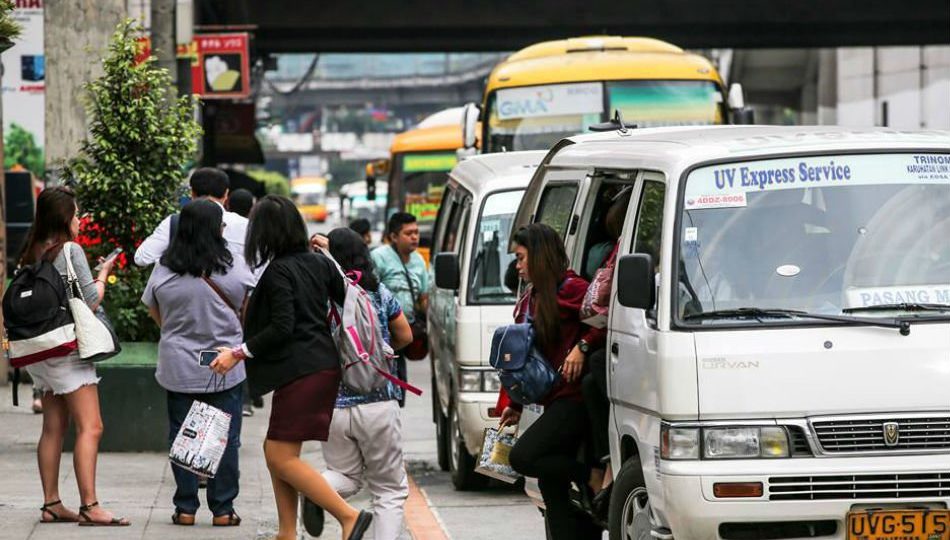Commuters soon won’t be able to say “para (stop)” in a UV Express anymore now that the Philippines’ Land Transportation Franchising and Regulatory Board (LTFRB) has ordered for all vehicles of this type to operate on a point-to-point basis.
“Land Transportation Franchising and Regulatory Board (LTFRB) signed Memorandum Circular (MC) No. 2019-025 that orders all UV Express Service vehicles, effective 16 May 2019, to strictly operate on a terminal to terminal basis without loading and unloading in between origin and destination. This is in line with the original policy of UV Express service,” the LTFRB said in a statement published on their Facebook account today.
https://www.facebook.com/ltfrb.central.office/photos/a.1417559258485998/2319360378305877/?type=3&theater
UV Express vehicles are vans that work like minibuses and can seat 10 – 18 people. Drivers were previously allowed to pick up and drop off passengers within a 2-kilometer radius of designated stops. However, most drivers don’t follow this and instead act more like jeepneys that pick up and drop off passengers wherever they want.
In its statement, the LTFTB said that it has canceled the 2-kilometer radius rule and mandates that passengers only be loaded and unloaded in specified terminals.
READ: Stuck in traffic: How Manila’s roads are making love elusive for Filipinos
“The LTFRB has observed that numerous UV Express Services are in breach of the terms and conditions of their franchise, leading to the rampant practice of loading and unloading of passengers in between their origin and destination, prolonging the turn around travel time between destinations and making it very difficult on the part of the enforcers to implement the service,” the government agency said.
Many believe that the UV Express’ practice of loading and unloading passengers in the middle of the road contribute to Manila’s toxic traffic situation.
In 2017, a study by the Boston Consulting Group found that Metro Manila has the third worst traffic in Southeast Asia. The Japan International Cooperation Agency also said in February last year that the Philippines loses about PHP3.5 billion (US$67 million) a day due to Metro Manila’s traffic.



